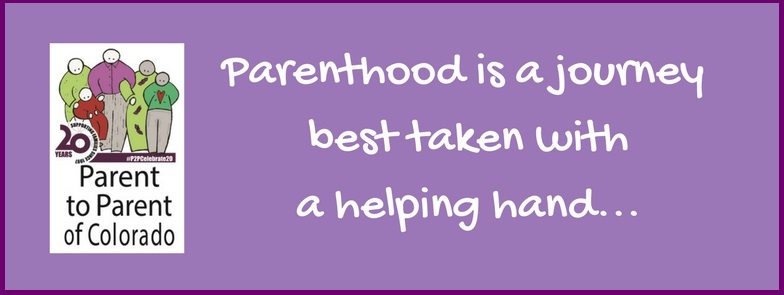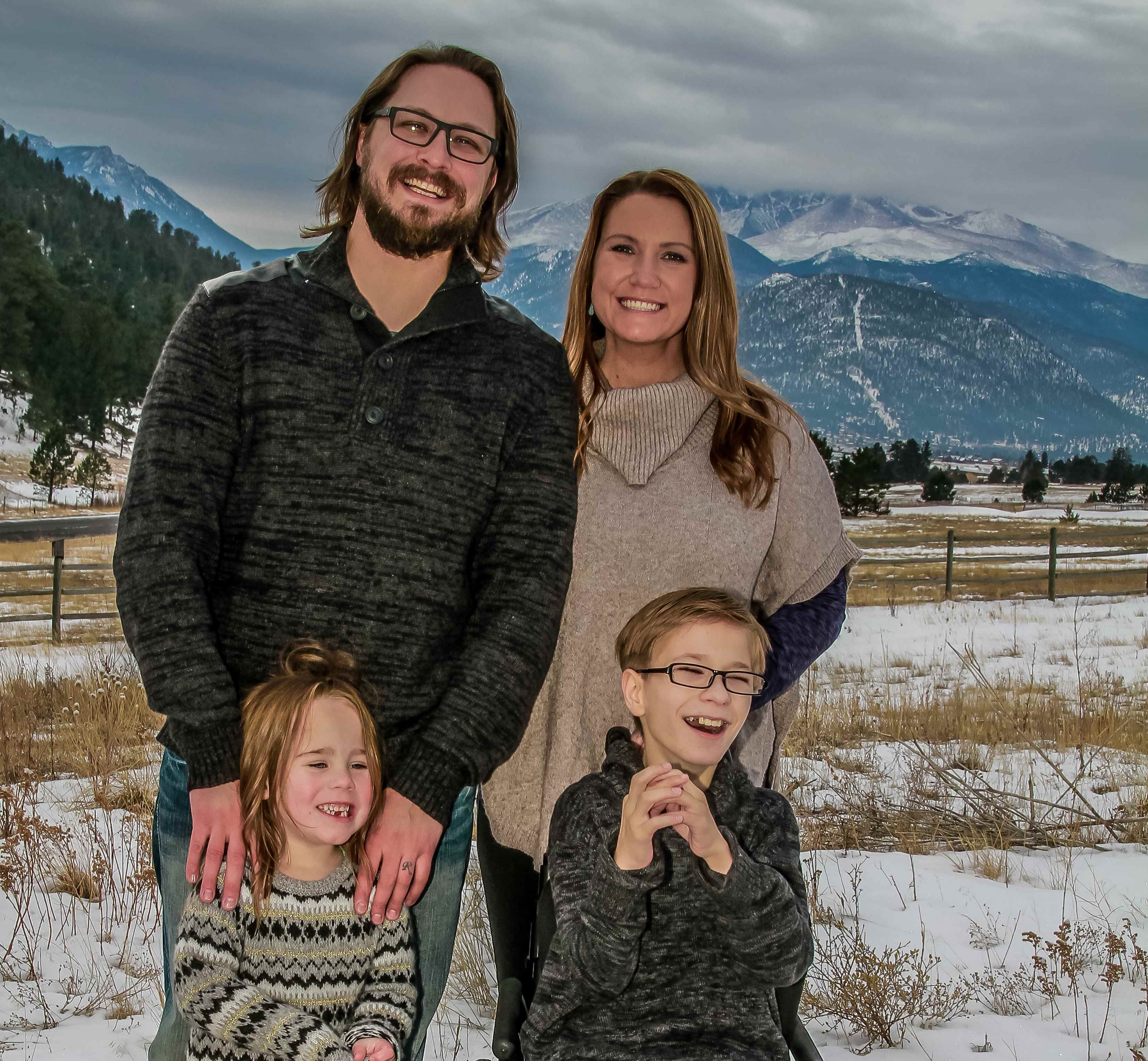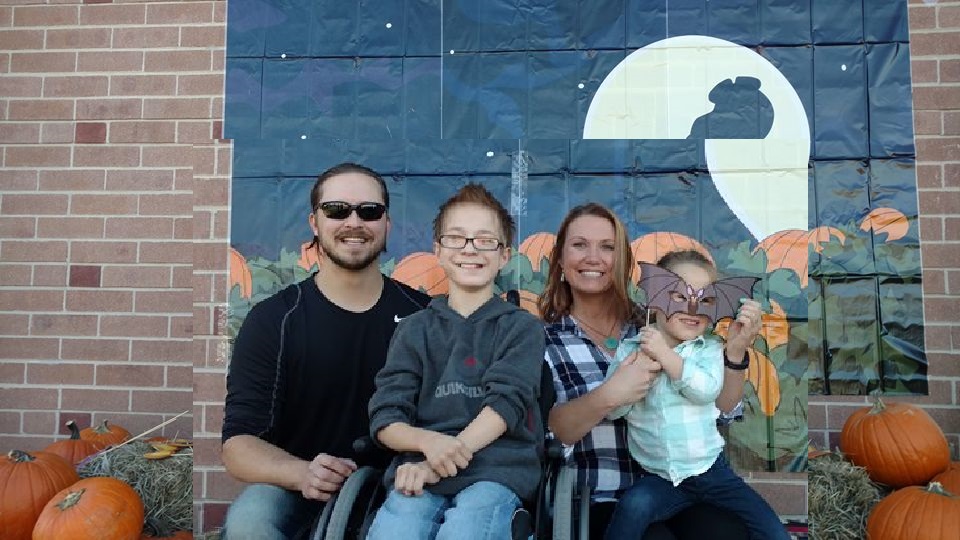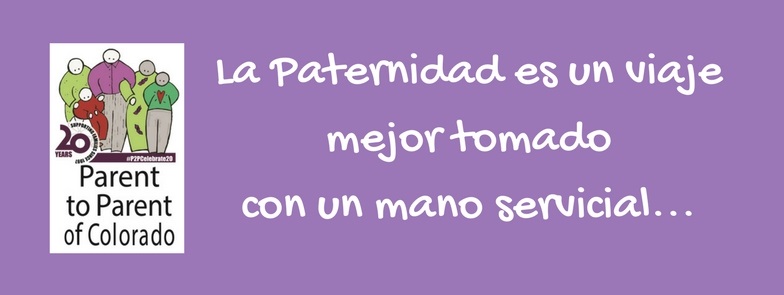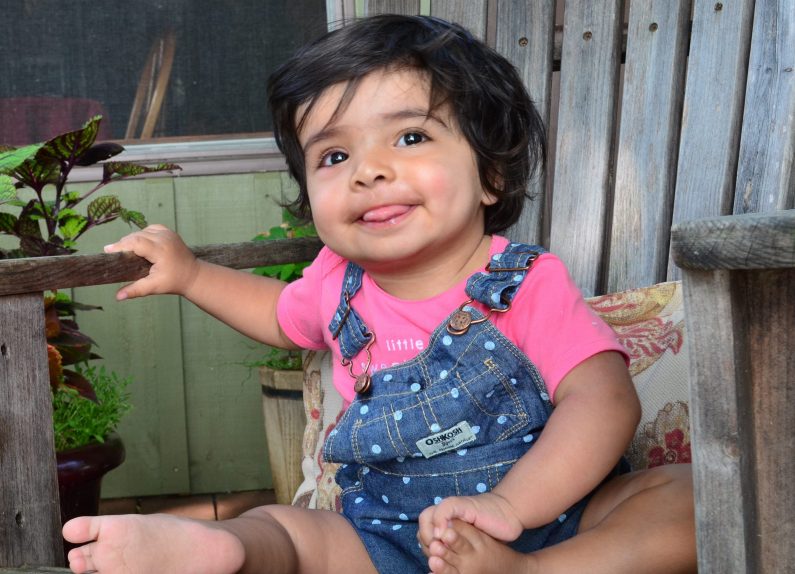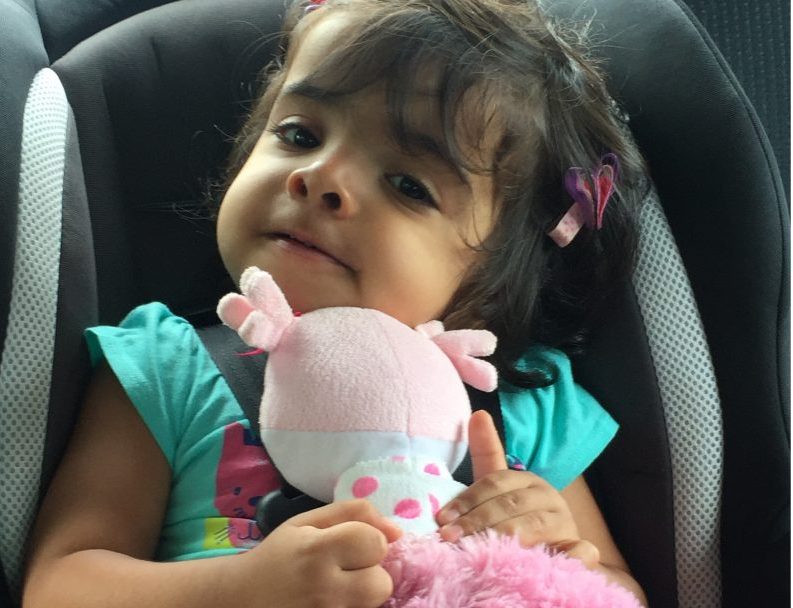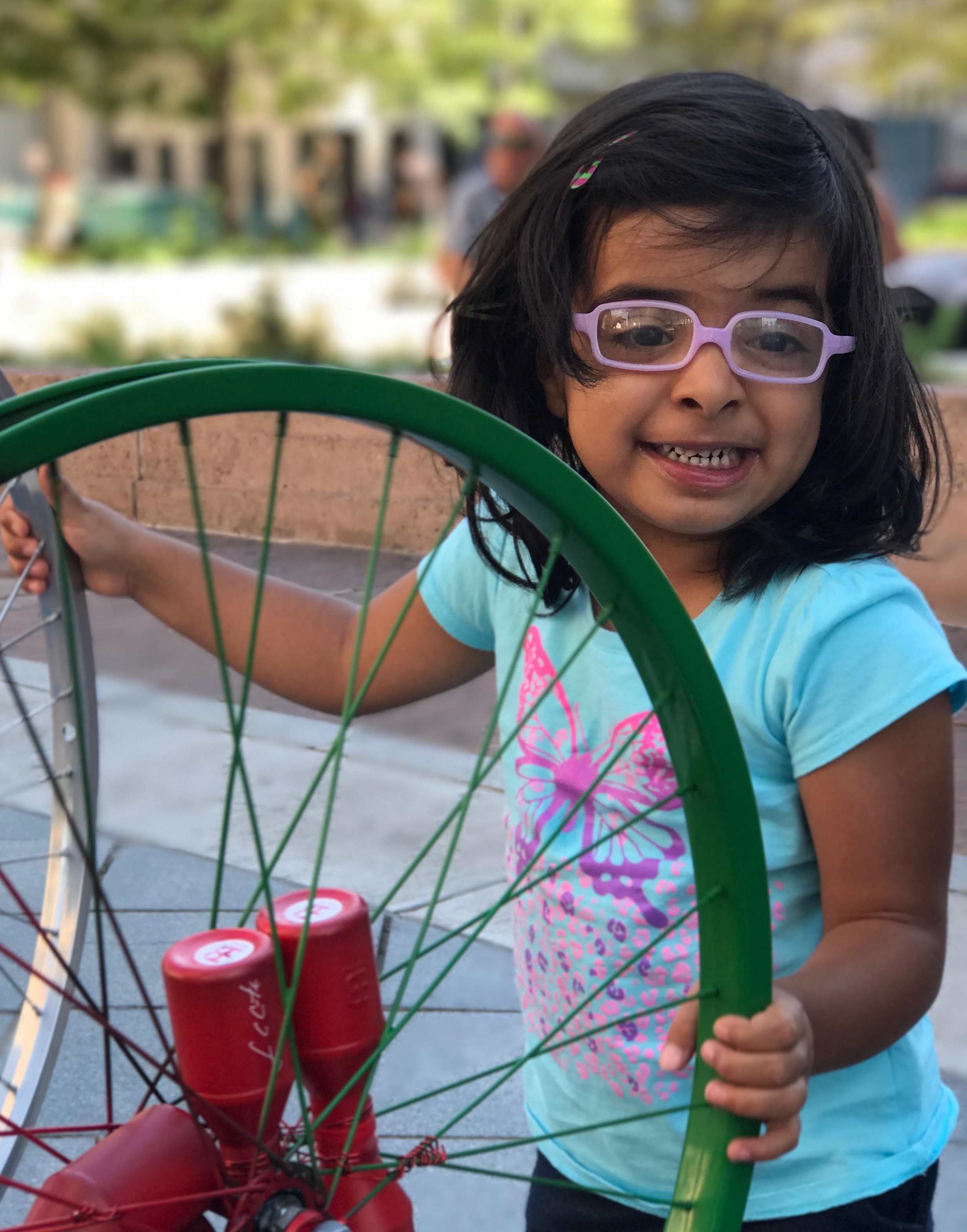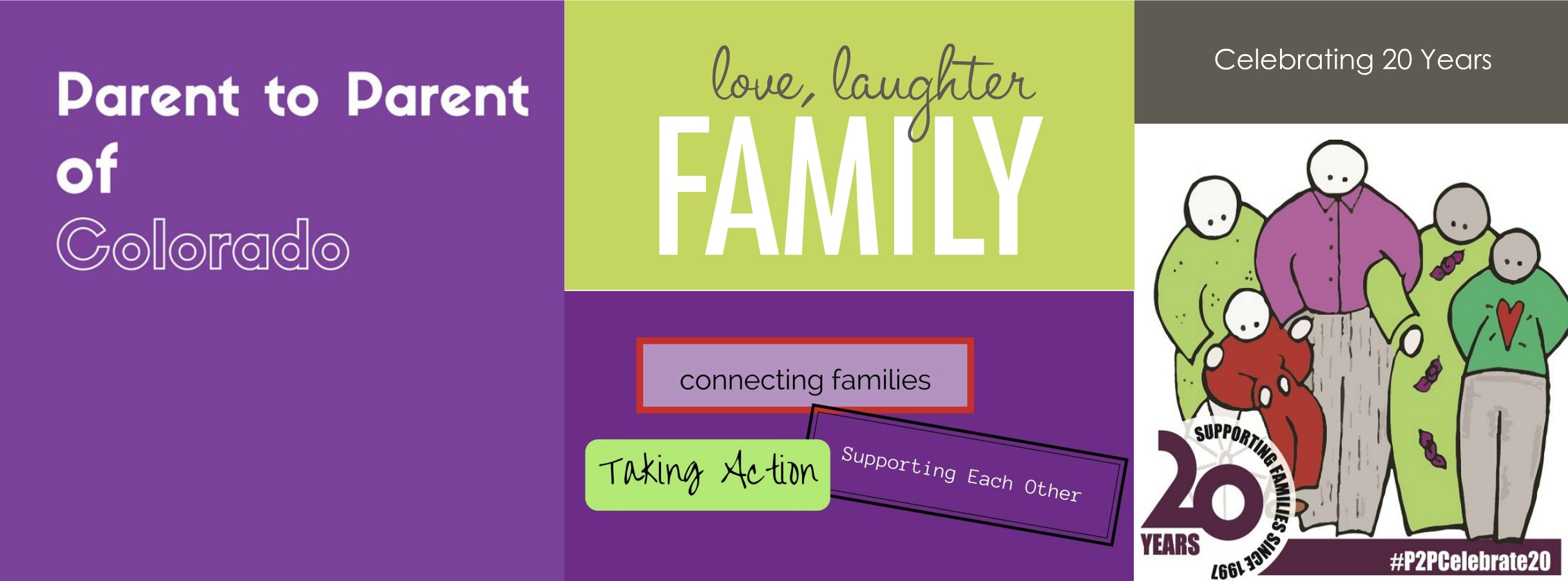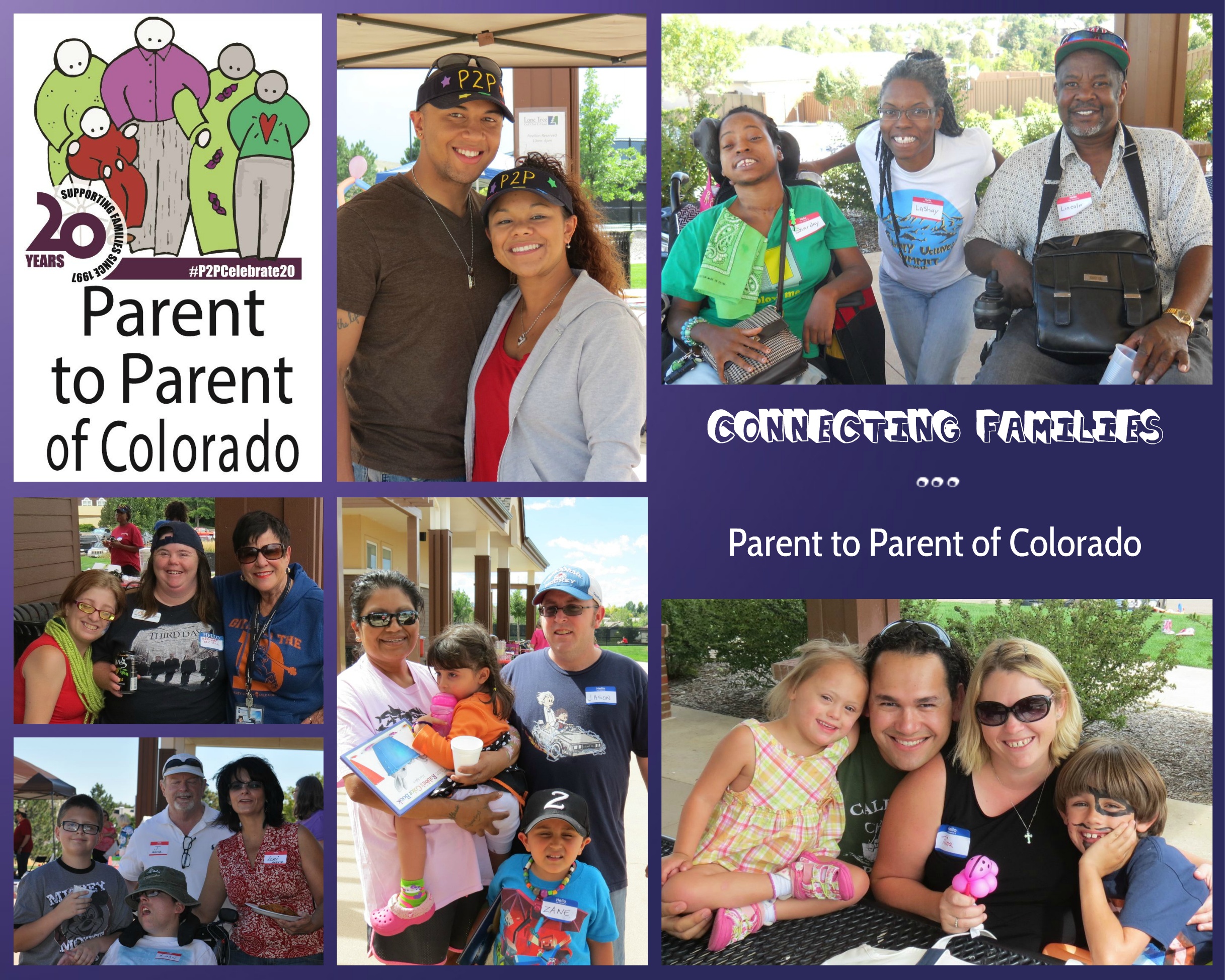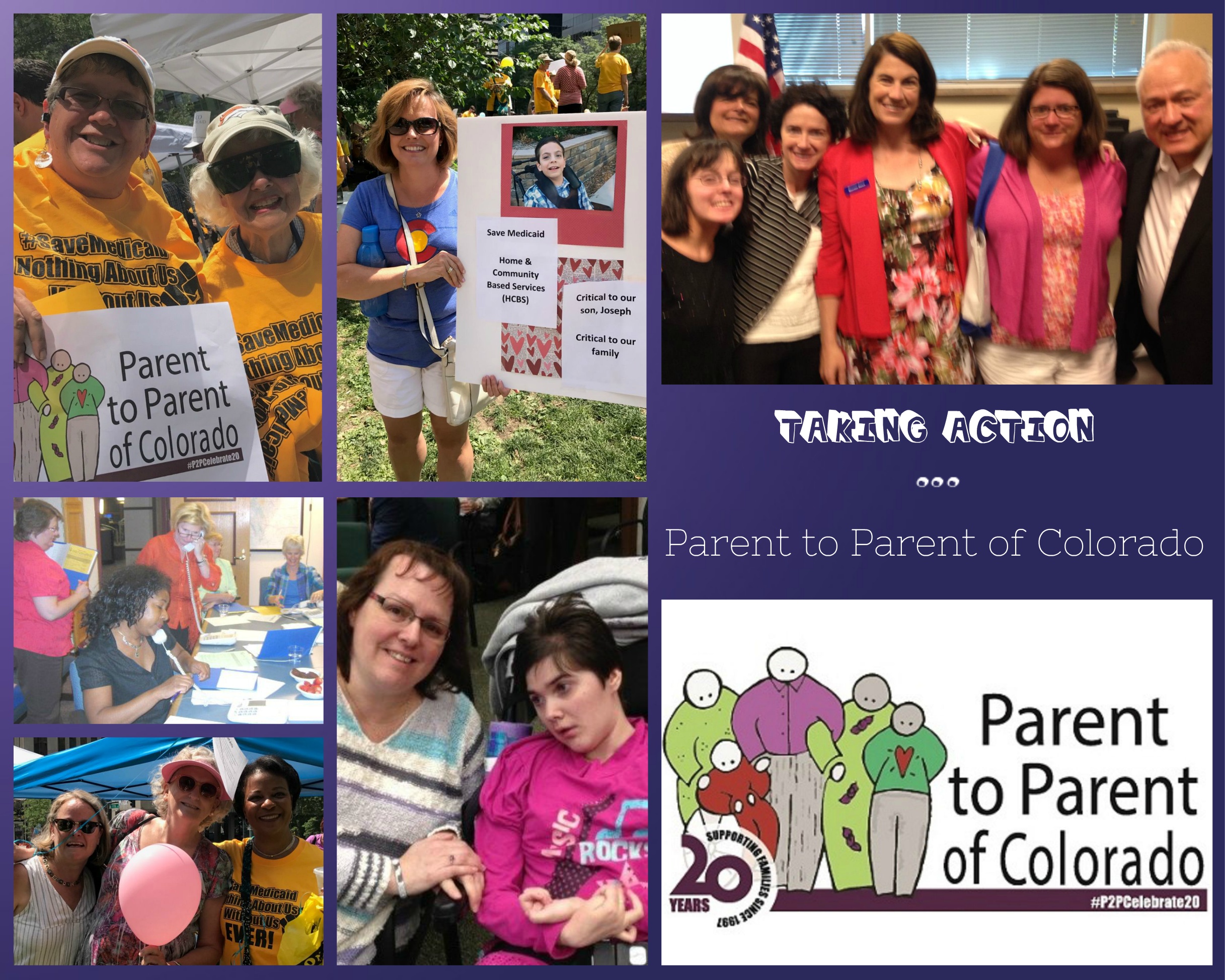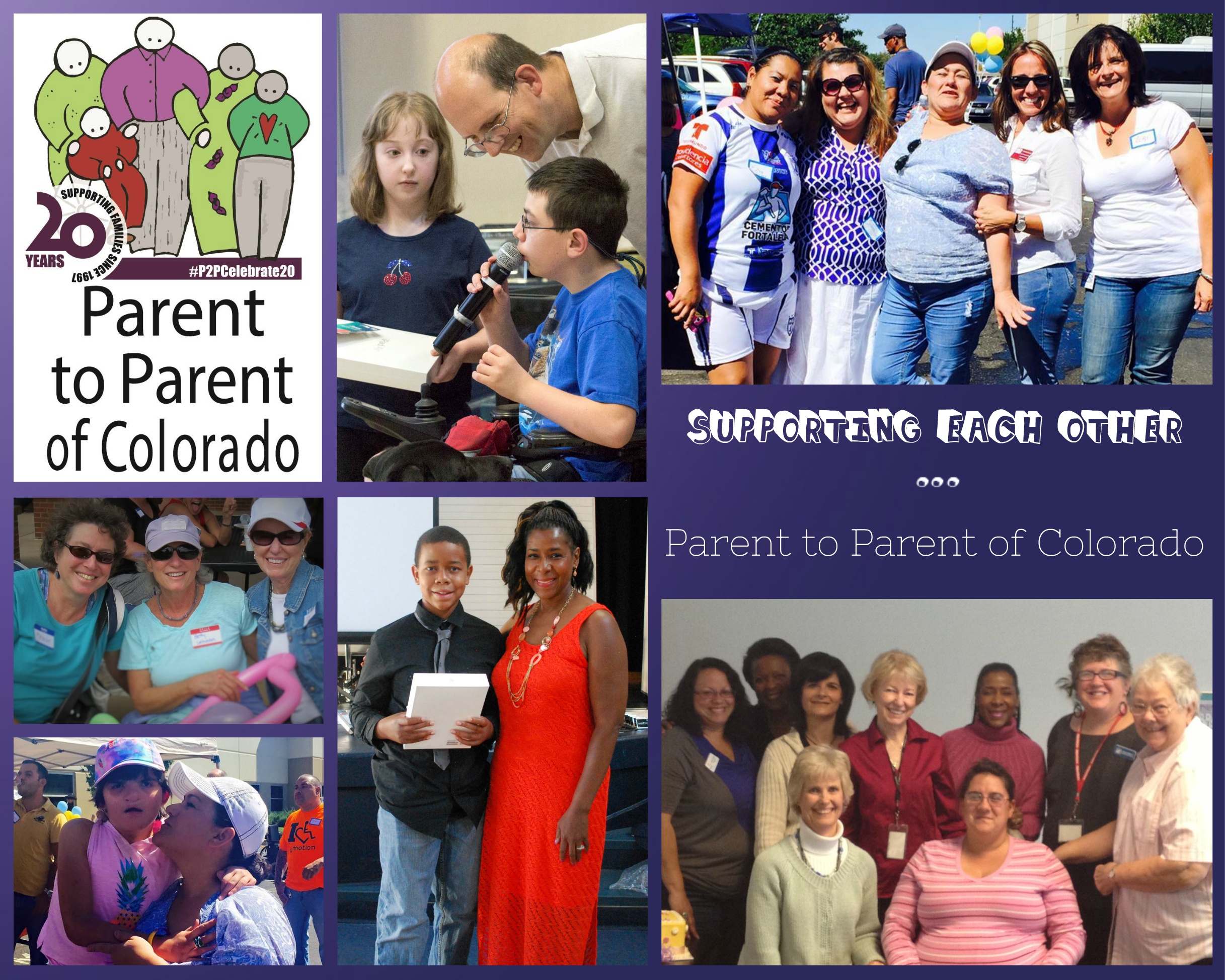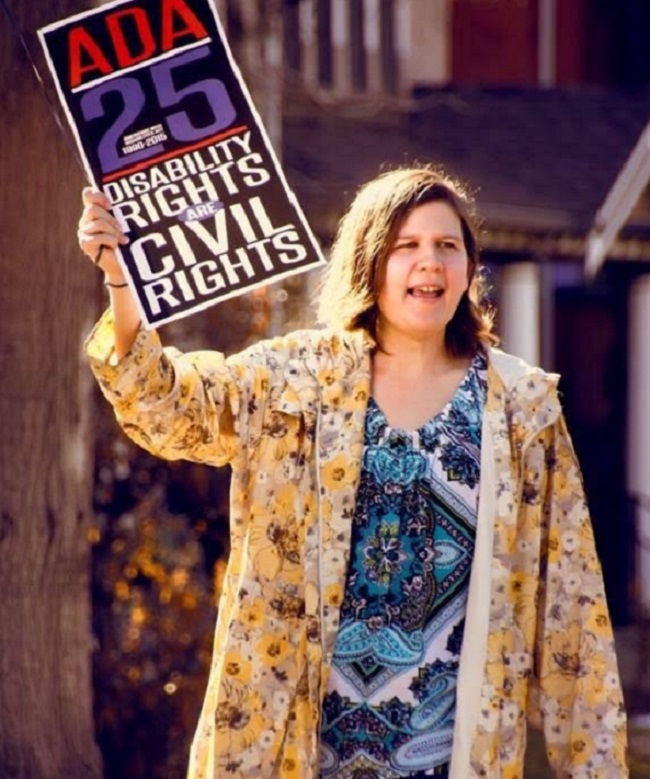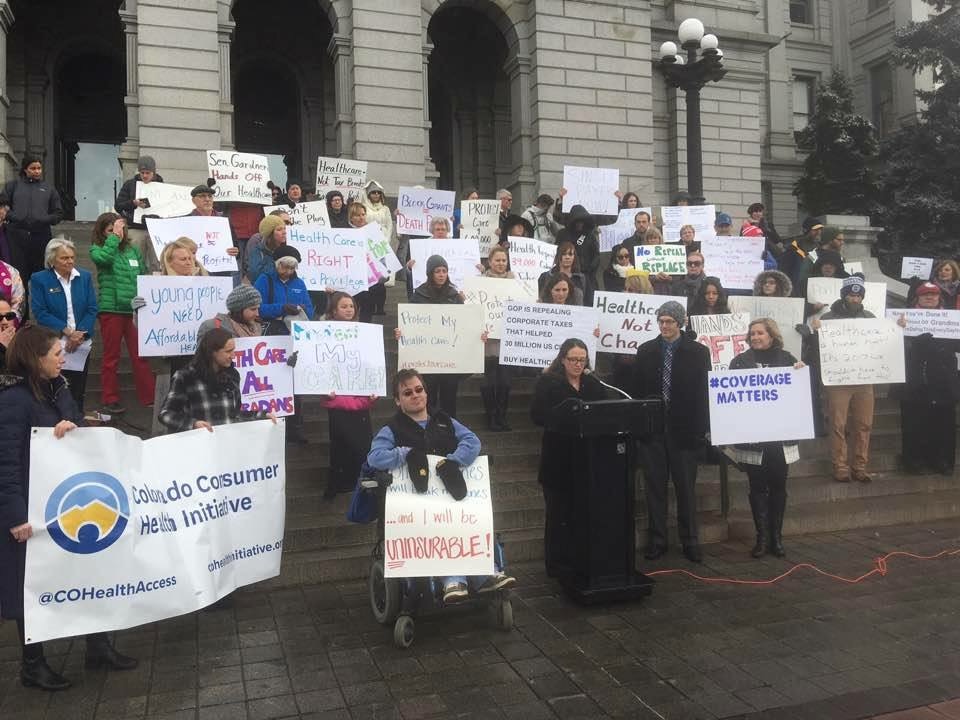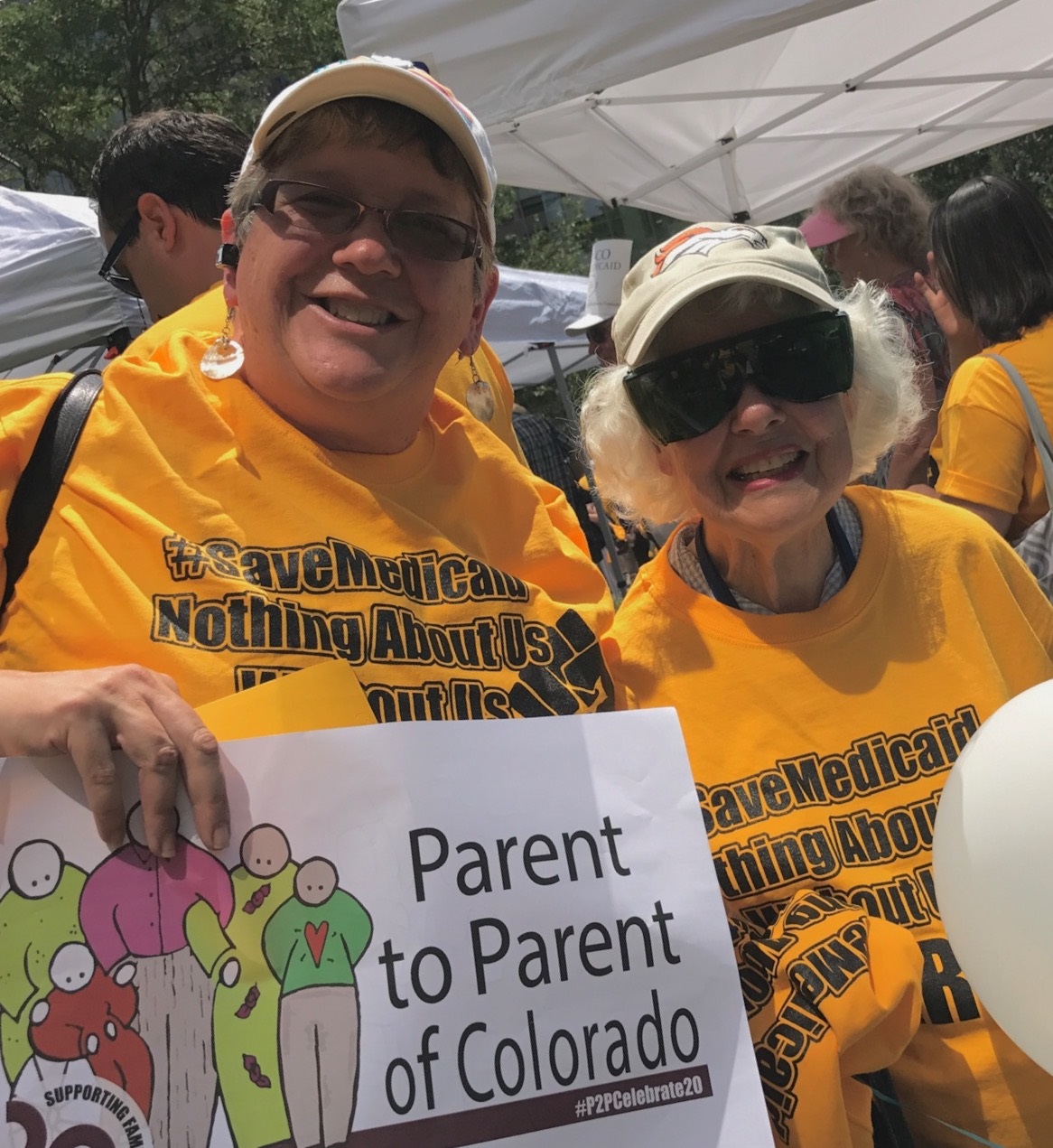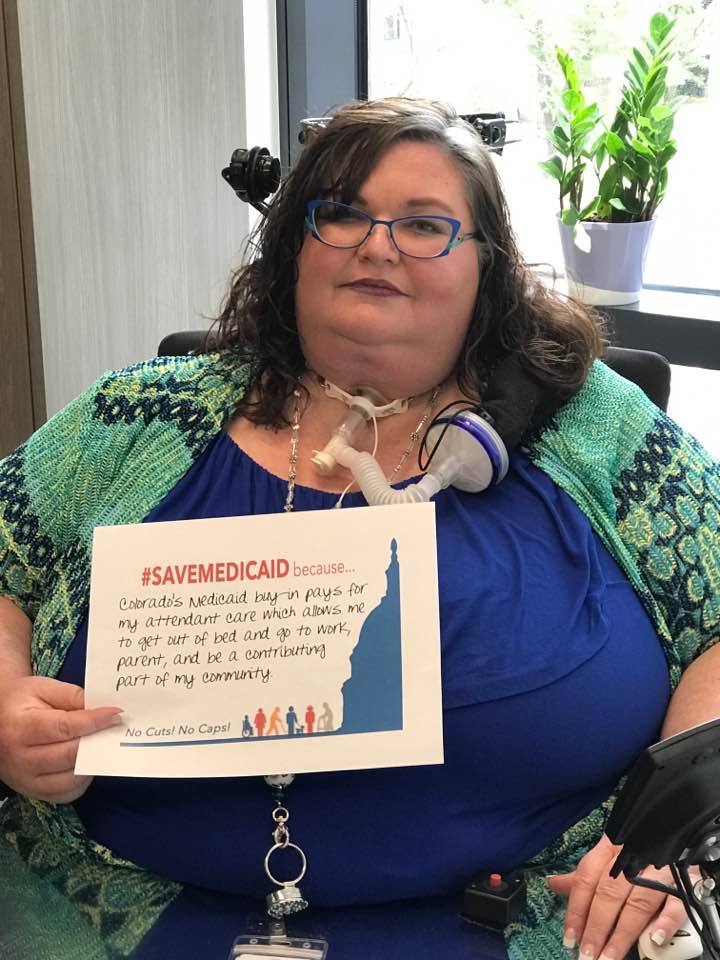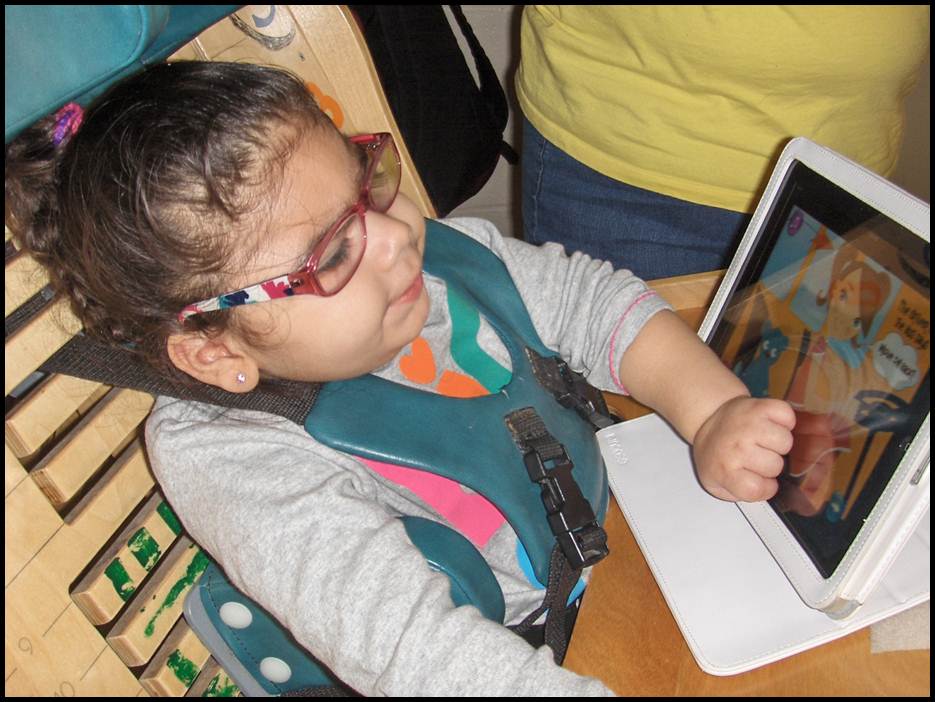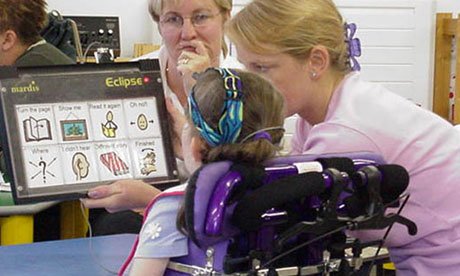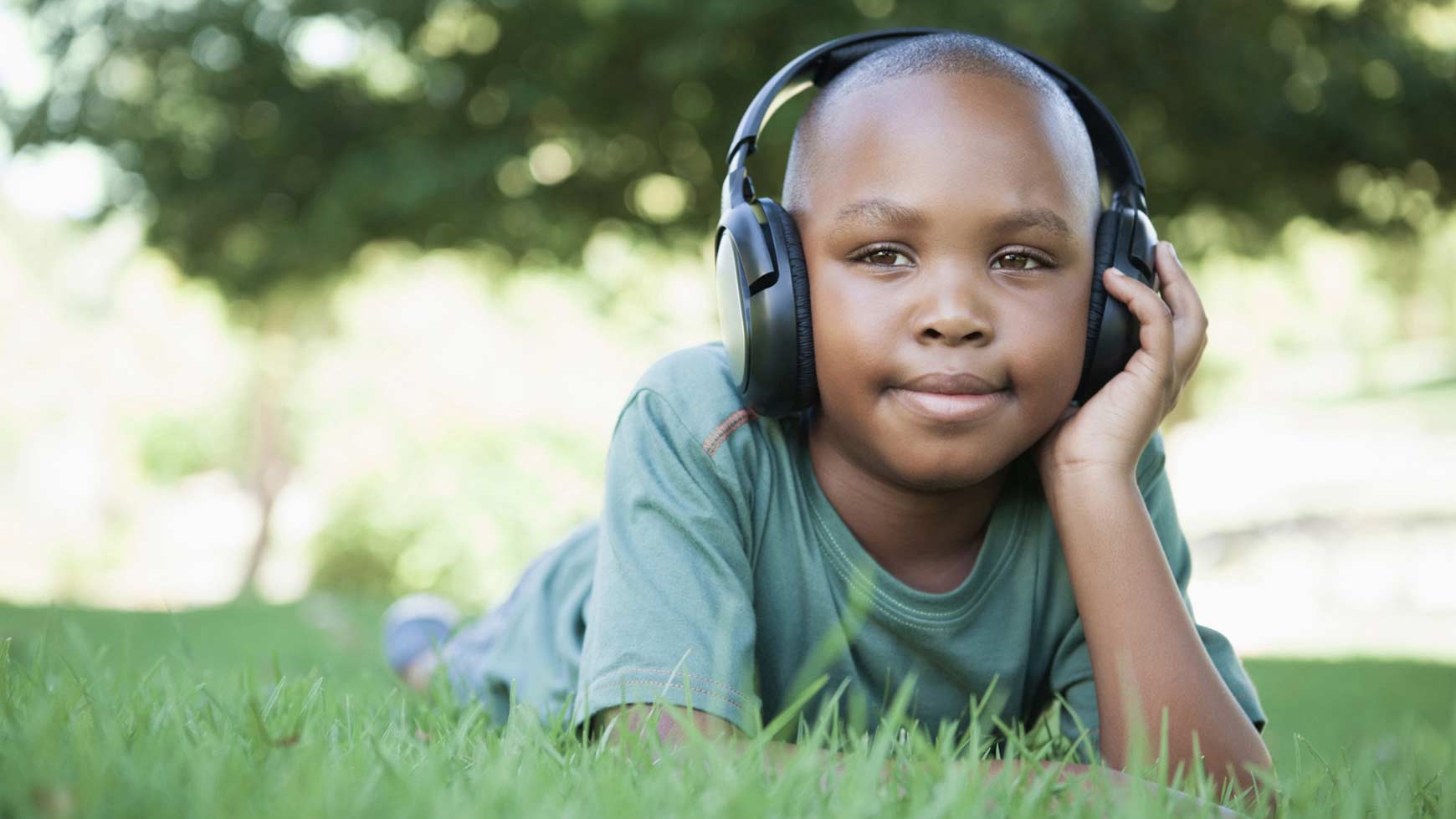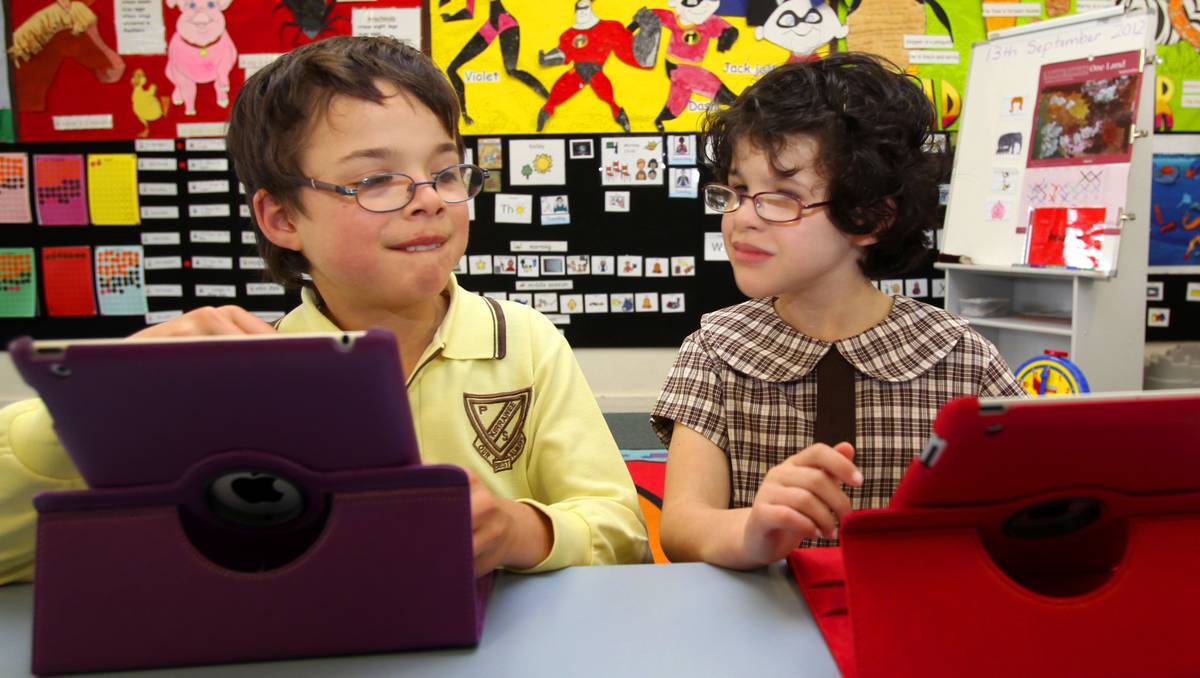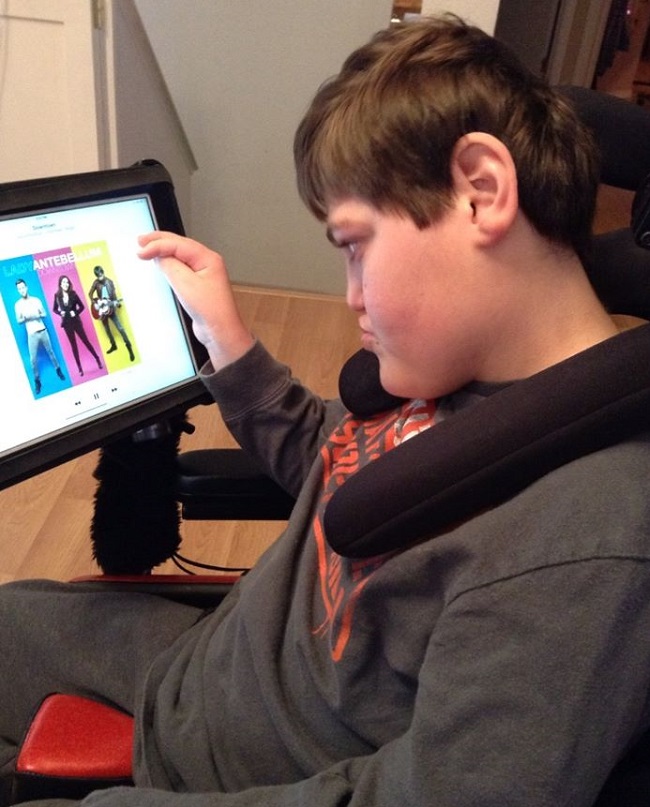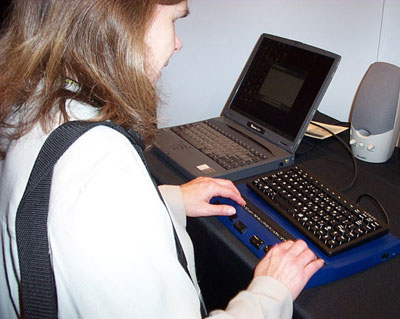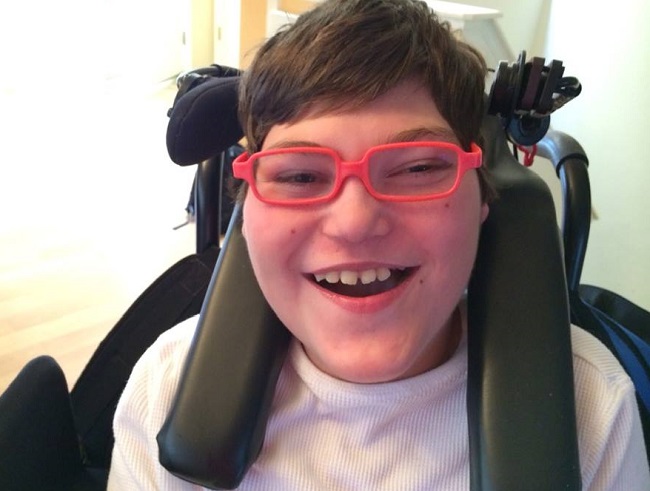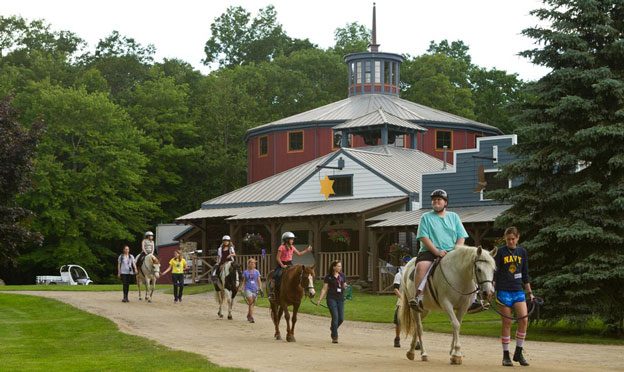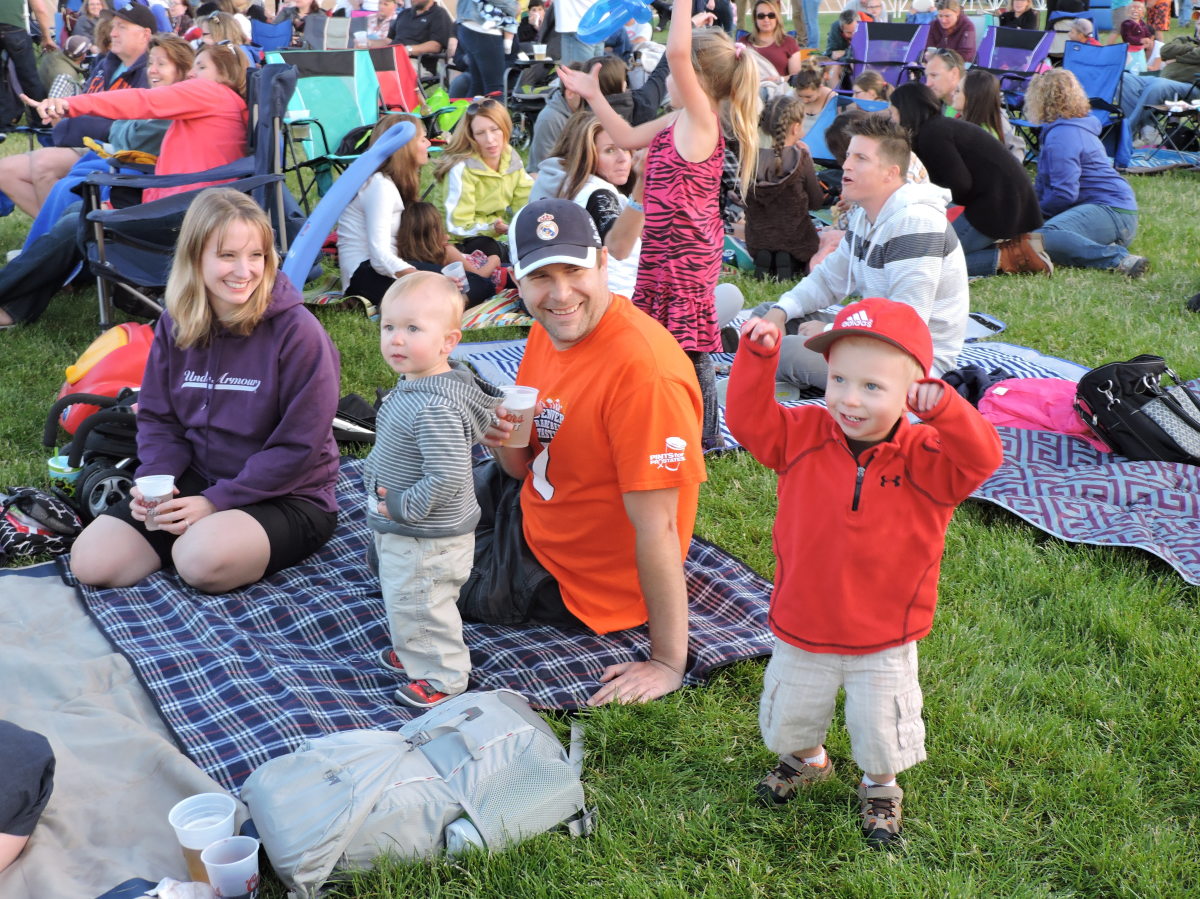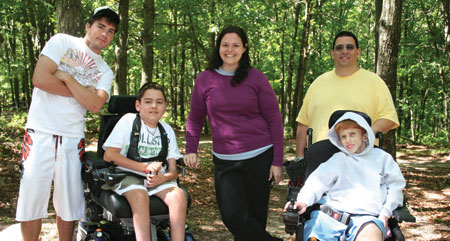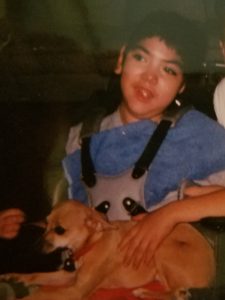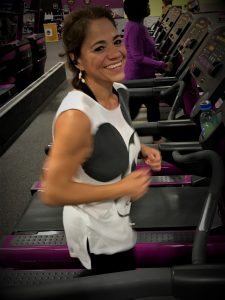Take a Breath…But Don’t Be Fooled! Part 2
Take a Breath…But Don’t Be Fooled! Part 2

Take A Breath….But Don’t Be Fooled! Part 2
It’s been a bumpy ride for the last few months when it comes to health care issues. An unprecedented number of groups have come together in opposition to first, the American Health Care Act then the Better Care Reconciliation Act and finally the Cassidy Graham bill. Disability groups have joined coalitions to #SaveMedicaid and #ProtectOurCare. ADAPT advocates across the country have put their freedom on the line through actions that send the message, “I’d rather go to jail than die without Medicaid”! Throughout July, August and into September, the fight to save Medicaid continued! We all breathed a sigh of relief when the September 30 deadline for legislation passed without a final bill in the Senate.
But…. like the warning sign above, don’t be fooled. The threats continued! In August, Senator McConnell announced that he would reintroduce a bill to repeal the Affordable Care Act that was first proposed in 2015. Within another few hours, several Senators stepped forward to reject “Plan C”. However, many in the Congress are committed to getting rid of the ACA and are merely regrouping for the next round. Medicaid came under additional threats when the Senate returned from its August recess. Although there were hints of a bi-partisan solution being crafted, that effort was stopped. Instead, in mid-September, the Cassidy Graham bill appeared at the forefront of the Senate’s efforts to repeal the Affordable Care Act. Once again, coalition partners came together to fight block granting which is another way to cap and cut Medicaid.
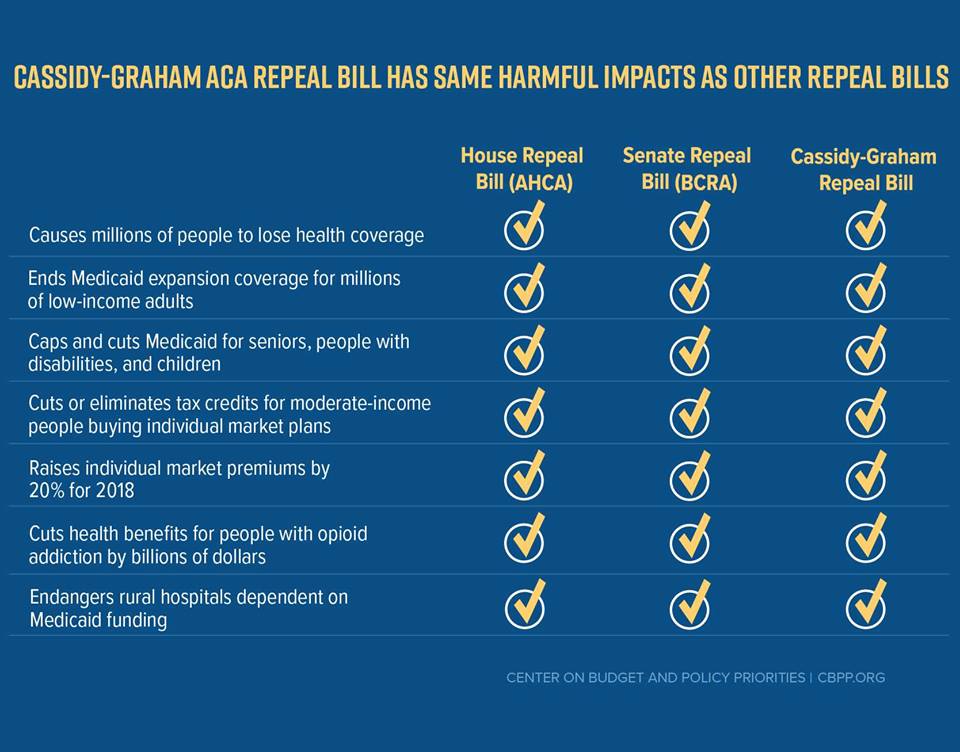
Having trouble keeping track of all of the proposals and changes? The Kaiser Family Foundation offers a comparison chart that may be helpful!
But….don’t be fooled! Although Congress is now turning to budget and tax considerations, the threats are not gone. We don’t know if the next threats will come through more legislation, through budget restrictions, through executive actions or all three. The disability community and our allies need to be prepared for whatever is coming next!
Keep in mind that we need to have a clear vision of WHY we take on this fight. And the WHY is really a WHO. Who in your family or your circle of love and care and friendship is this about? Whether you and your family have employer provided health insurance, private insurance, or Medicaid, the threat is real and is still with us! The Medicaid Supports and Home and Community Based Services that help us and our loved ones live and have meaningful, purposeful lives in our communities of choice have been under attack, and the attack will come back, just with a different label and look. So focus on the face of YOUR ‘Who’ and how those supports make the difference in their life.
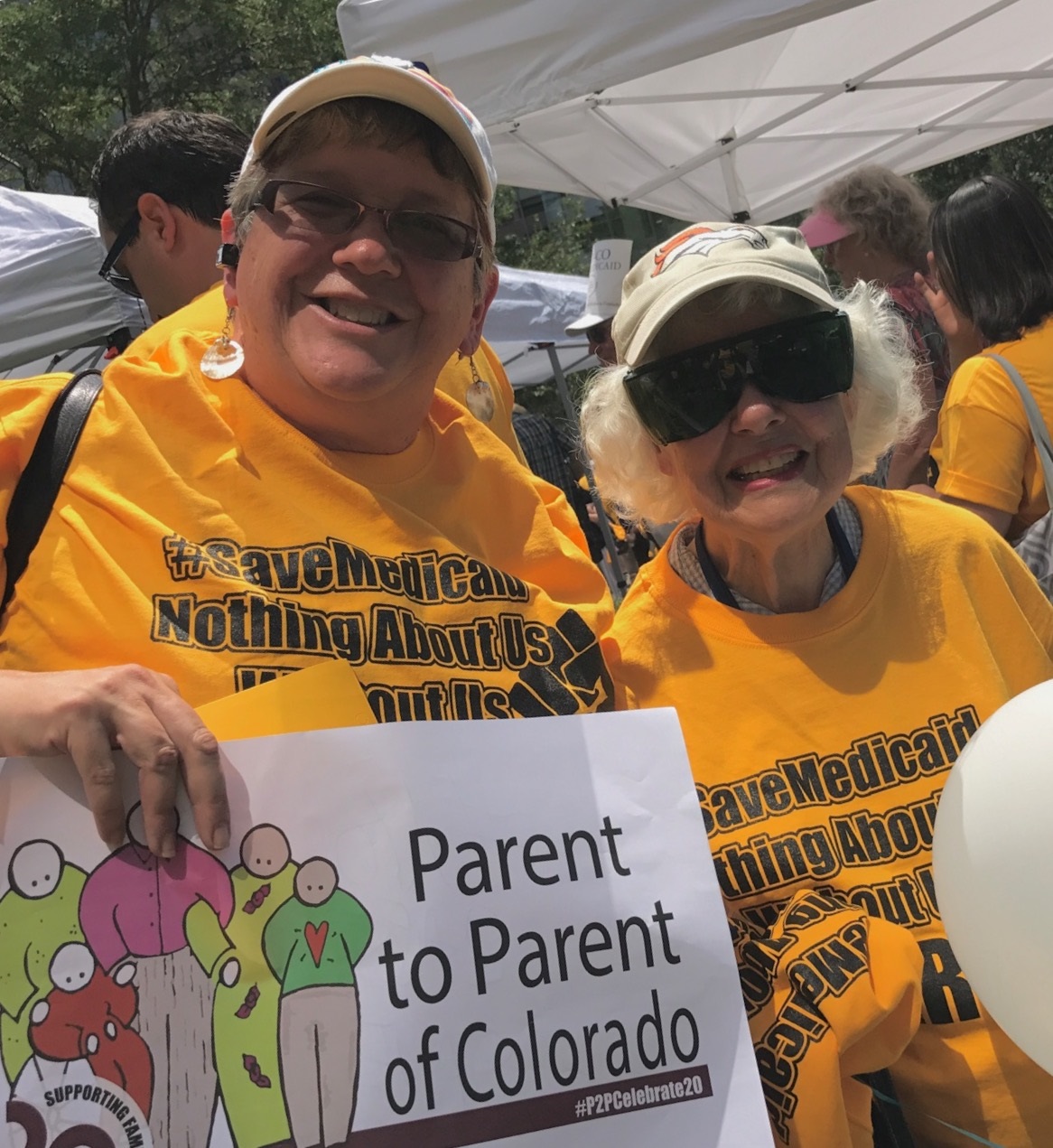
From Peter Berns, CEO, The Arc, “This is going to be a long road, but one that people with disabilities, their family members, support staff, and friends will navigate together. We must unite and reject cuts that will take away the dignity and independence of people with disabilities. This is the civil rights fight of our time, and we will remain vigilant to protect all that has been built to ensure the inclusion and equality of people with intellectual and developmental disabilities in our society.” Read more about Health Care Issues for People with Disabilities.
Like the sign says, Don’t Be Fooled! Steep Grades and Sharp Curves are Ahead! In the coming months, we all want to keep these 3 things in mind…
- Congratulations! We did it! Advocacy works! All of your calls, faxes, stories and social media posts made a difference! We heard over and over that these efforts are critical.
- The threat to Medicaid and HCBS remains …we don’t know yet exactly what this will involve except that further attempts to repeal the ACA and/or change/cut the Medicaid program appear to be on the Congressional agenda.
- Stay connected! We ALL need access to health care because that is what helps us and our loved ones live, work and go to school in our communities. Even if we don’t utilize Medicaid services now, any one of our lives can change in a moment! Our children grow up and may need new services as adults. Be cautious of efforts to divide our community as divide and conquer is a long held political strategy. There is another fight ahead of us…..
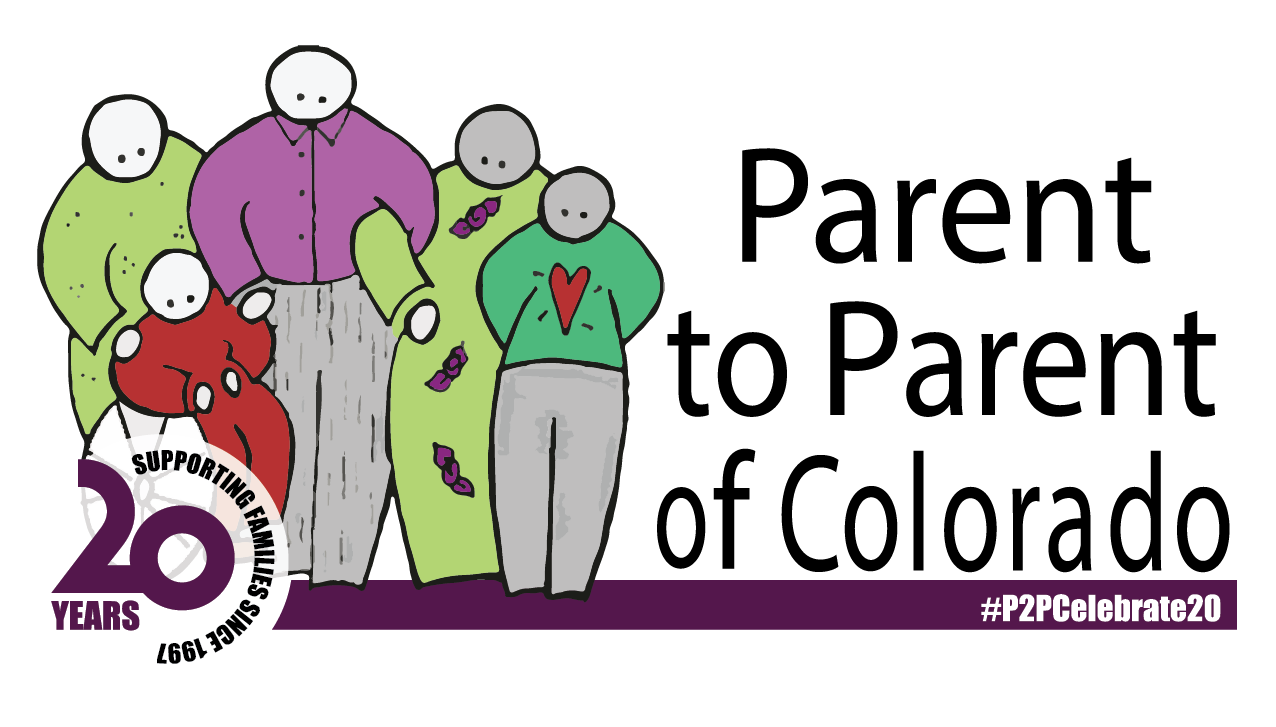
At Parent to Parent of Colorado, our Mission is to connect families to support, to join in effective group advocacy and to promote inclusive communities. You can stay connected to us (and all of the latest in health care and more) through our Online Parent Support Group or our Padre a Padre (Spanish) Support Group, our Parenting with Altitude blog, our Facebook Page and weekly Facebook Live broadcasts, Twitter or Instagram(p2pco).
We’ll be with you through the sharp curves, the steep grades and the bumpy roads of parenting our sons and daughters with disabilities and special health care needs!
Editor’s Note: This blog was originally published July 19, 2017 with updates added October 2, 2017.
Contact your Senators/Representatives — Call, Fax, Email or go visit a local office. Use Social Media
The message is clear: “Senator/Representative _____ must reject any bill that causes large coverage losses, ends the Medicaid expansion, caps and cuts the Medicaid program, or guts critical protections for people with health conditions.”
Focus on telling stories when you contact your Senators/Representatives. Write stories or record brief 60-90 second videos about you, your child, your parent, your relatives, or your friends who have a disability. Include pictures. Share your story of how access to health care and home and community-based services are important to you or your loved ones with disabilities. Those stories will particularly be impactful. Share these stories on Facebook and Twitter and ask your friends and family to do the same. Our Senators/Representatives need to see the human face of Medicaid.
Contacting Congress allows you to easily search for your Senators and access information on their D.C. offices. • How to Set up a Meeting with your Member of Congress – Families USA • Medicaid Cuts Equal Disability Cuts Toolkit – TASH

